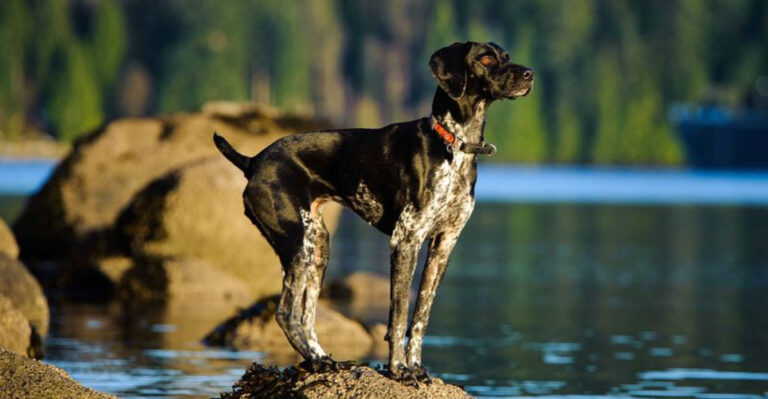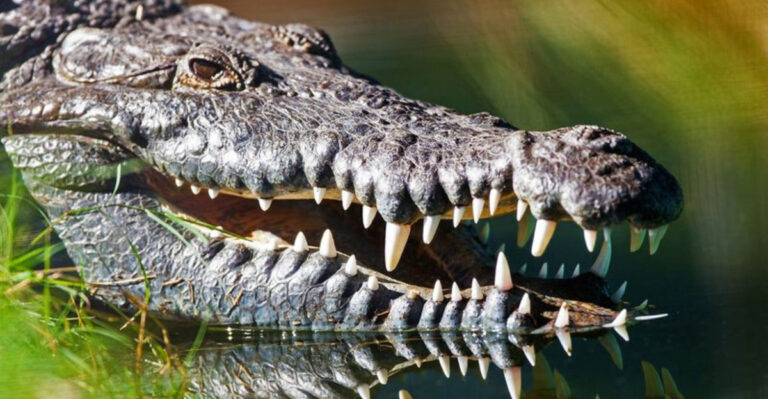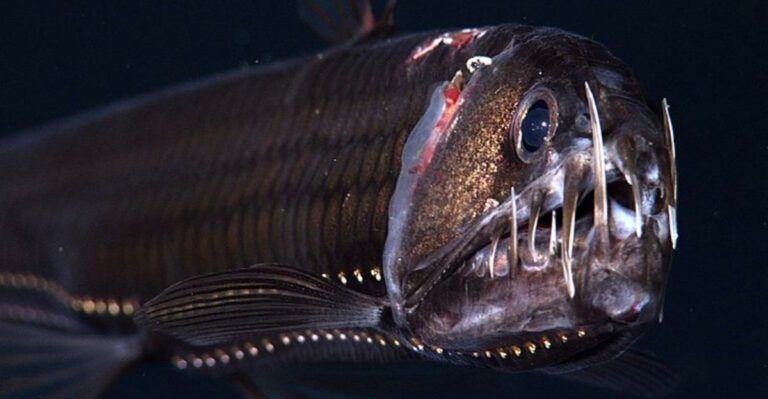15 Incredible Animals That Can Live With Little To No Water
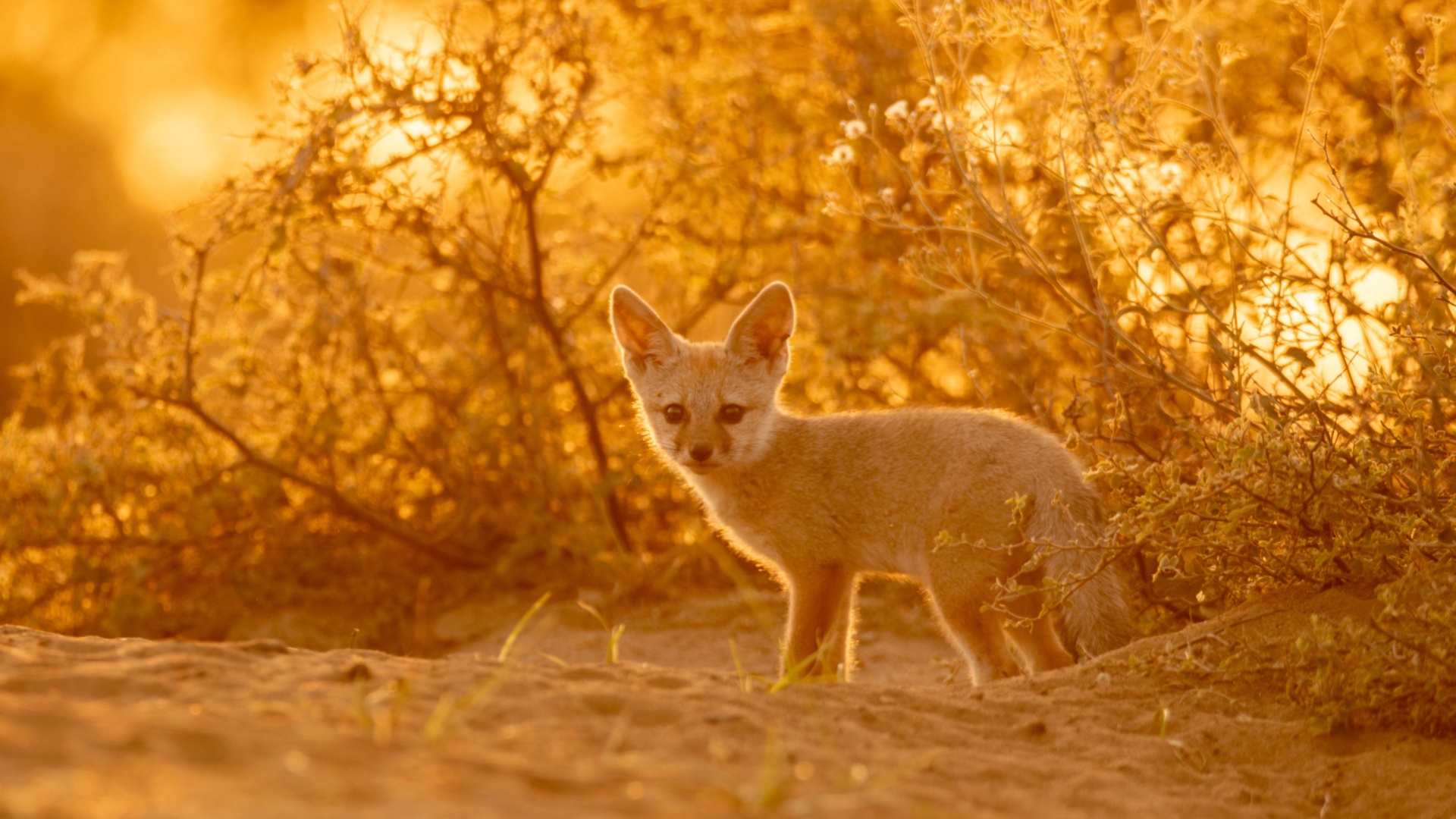
Water is a cornerstone of life, yet some animals have developed extraordinary adaptations to thrive with minimal access to it.
From arid deserts to parched savannas, these creatures have evolved ingenious strategies to endure in environments where water is a rare and precious resource. Their remarkable survival skills include extracting moisture from food, storing reserves within their bodies, or even recycling water efficiently.
Whether through clever physiological mechanisms or unique behavioral traits, these animals demonstrate nature’s incredible ability to innovate in the face of adversity.
Let’s dive into the fascinating world of these water-conserving champions and discover how they’ve turned dry conditions into a way of life. Prepare to be amazed by their resilience and adaptability!
1. Kangaroo Rat
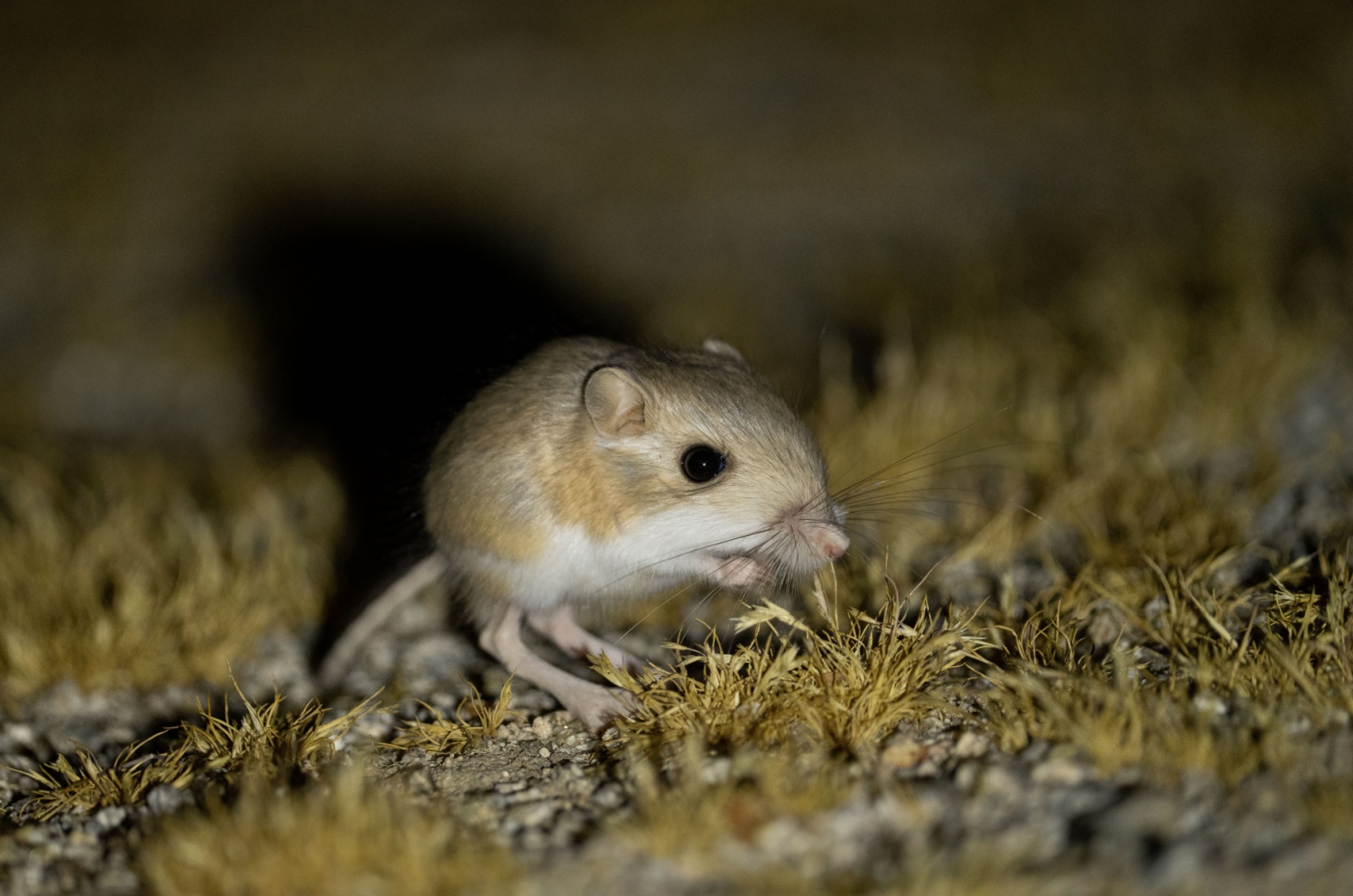
In the deserts of North America, a small rodent has mastered the art of staying hydrated without ever drinking water. When I say never, I literally mean never!
Kangaroo rats get all their moisture from the seeds they eat. Their incredible kidneys extract every drop of water, producing almost no liquid waste. These tiny creatures are so efficient they could teach us all a lesson about making the most of what we have.
2. Camels
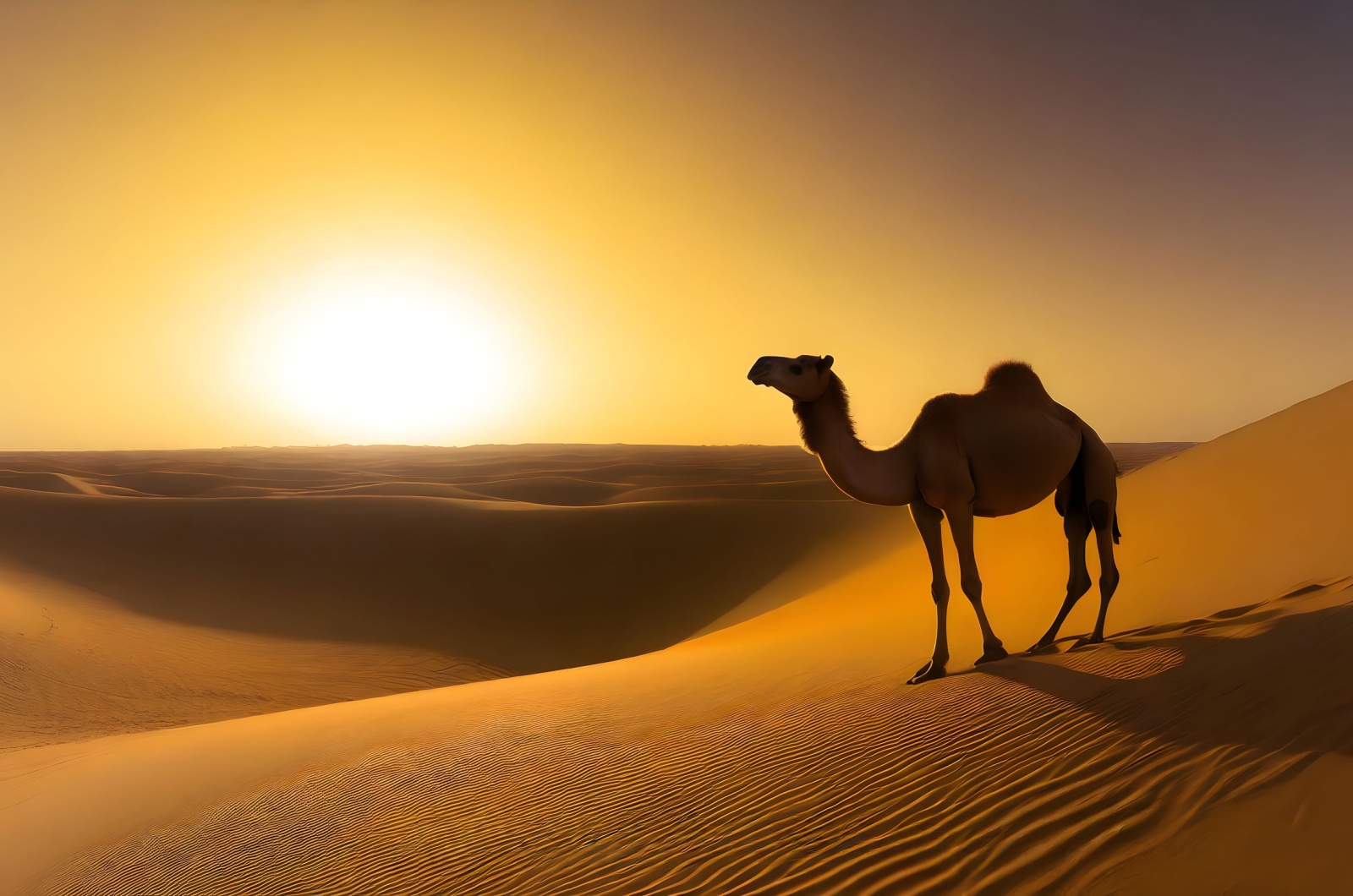
Everyone knows camels are desert experts, and their water-saving skills are legendary. Their humps store fat, which is converted to energy and moisture when resources are limited.
Camels can go weeks without a drink and handle extreme dehydration that would be fatal to most animals. On top of that, they can drink up to 30 gallons of water in one sitting to refill their reserves. Talk about binge-drinking responsibly!
3. Giraffe

In the African savannas, giraffes rely on their leafy diet for hydration. By munching on moisture-rich leaves, they can go days without visiting a waterhole.
Their towering height isn’t just for show, it gives them access to treetop snacks that keep them hydrated in the wild. Magnificent creatures, am I right?
4. Thorny Devil
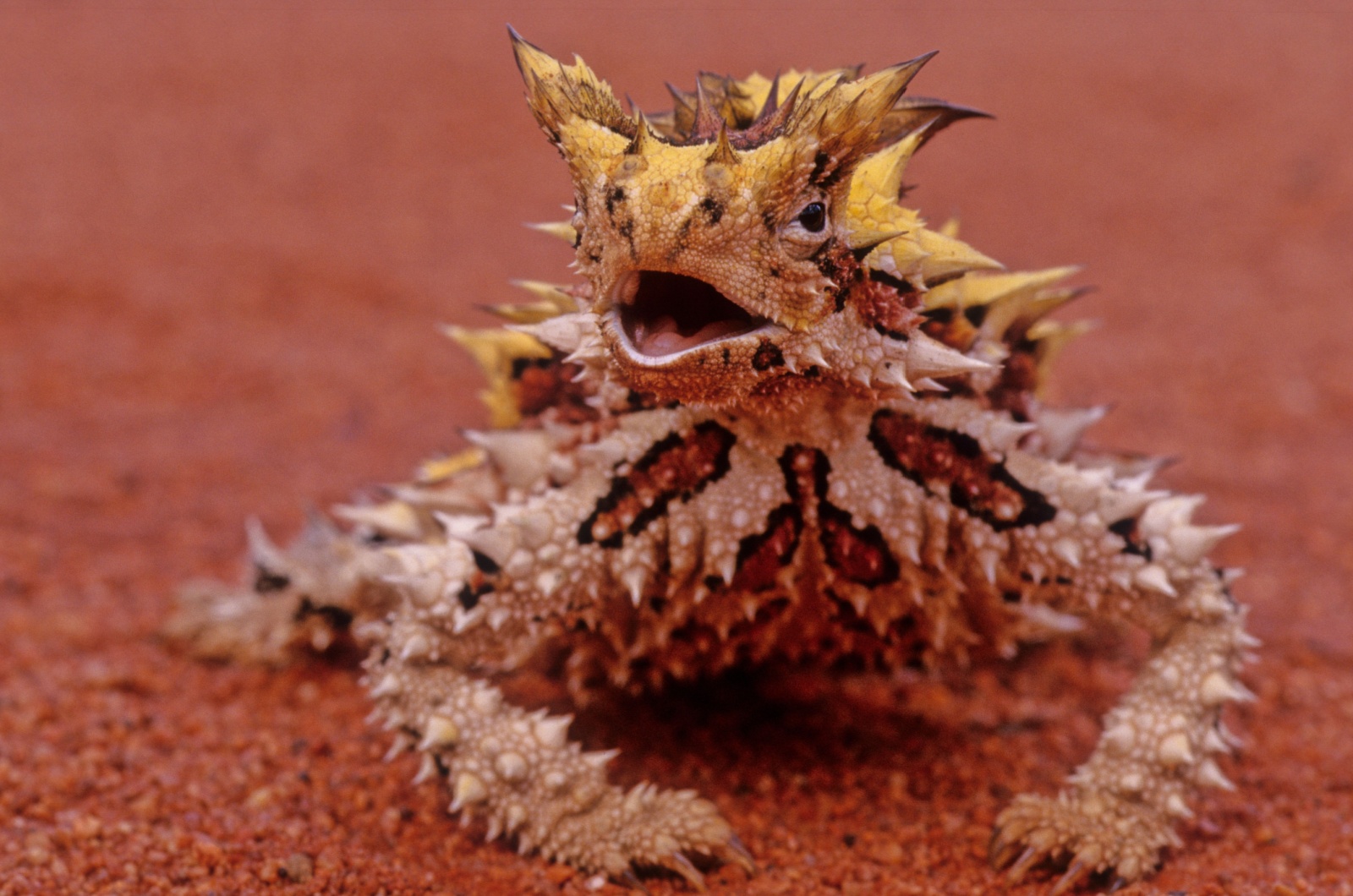
The thorny devil lizard has a unique trick for surviving in harsh regions. Their skin is covered in grooves that collect water from rain or even dew, channeling it straight to its mouth. Watching this lizard hydrate is like seeing nature’s engineering at work.
5. Desert Tortoise
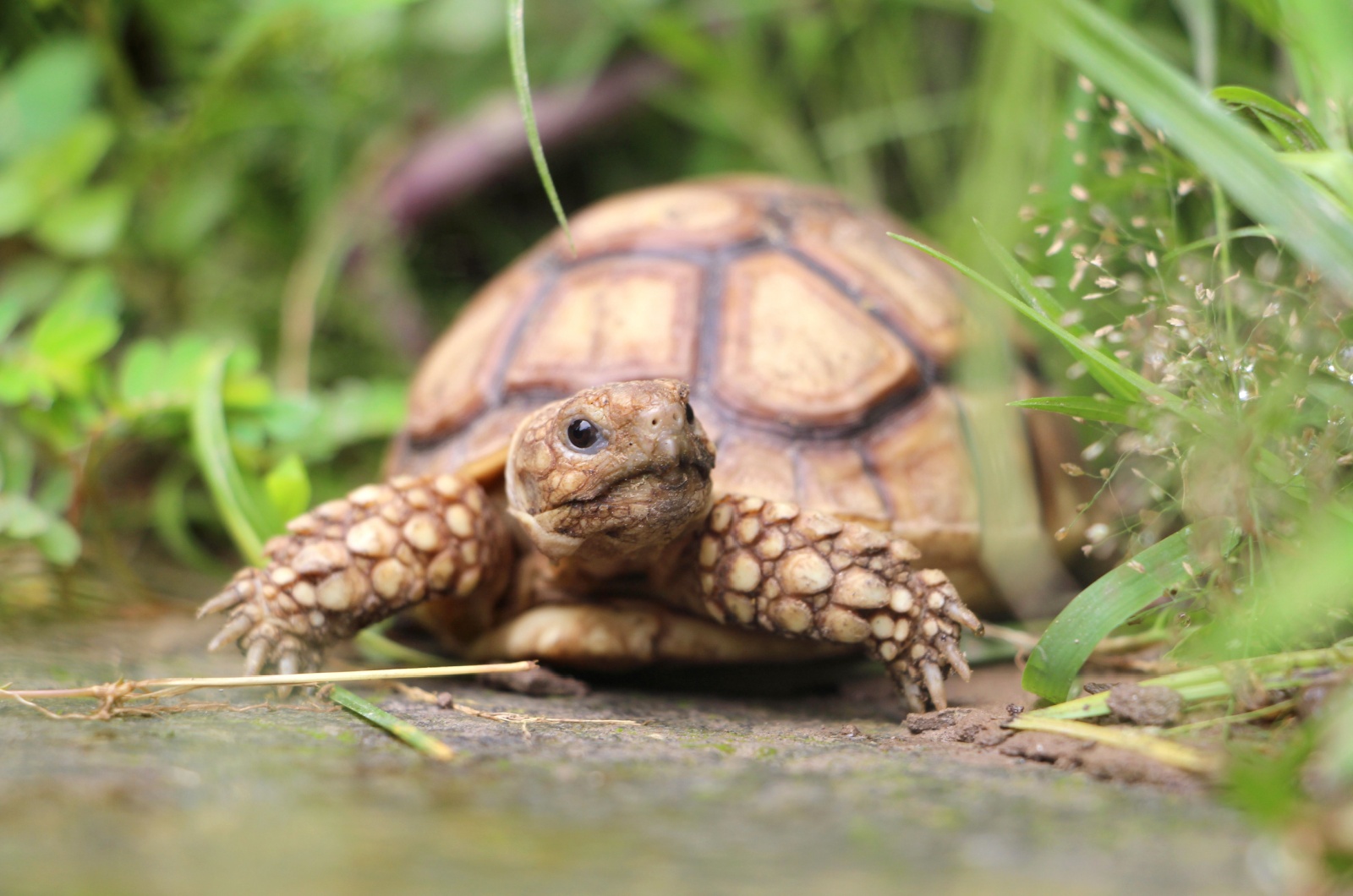
Desert tortoises are experts at making the most of limited water sources. They store reserves in their bladders and retreat to burrows during dry periods to conserve moisture.
These slow-moving reptiles prove that patience and planning can pay off in even the harshest conditions. This is by far my favorite reptile in the animal kingdom!
6. African Lungfish
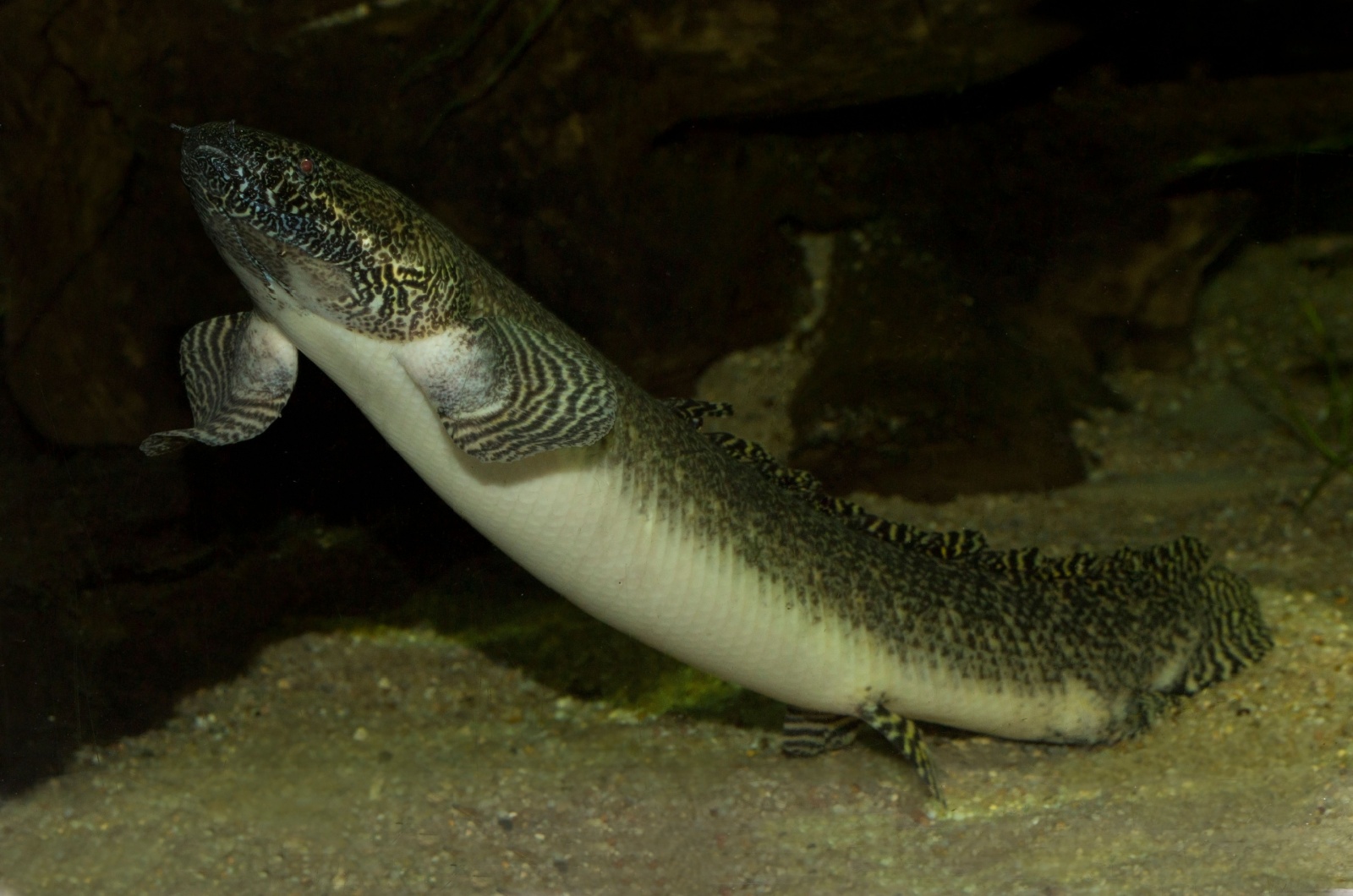
When water disappears, the African lungfish goes into survival mode. It buries itself in mud and creates a cocoon, staying there for months, or even years, until the rains return.
This fish isn’t just surviving, it’s practically hibernating for water. How cool is that?
7. Kangaroo
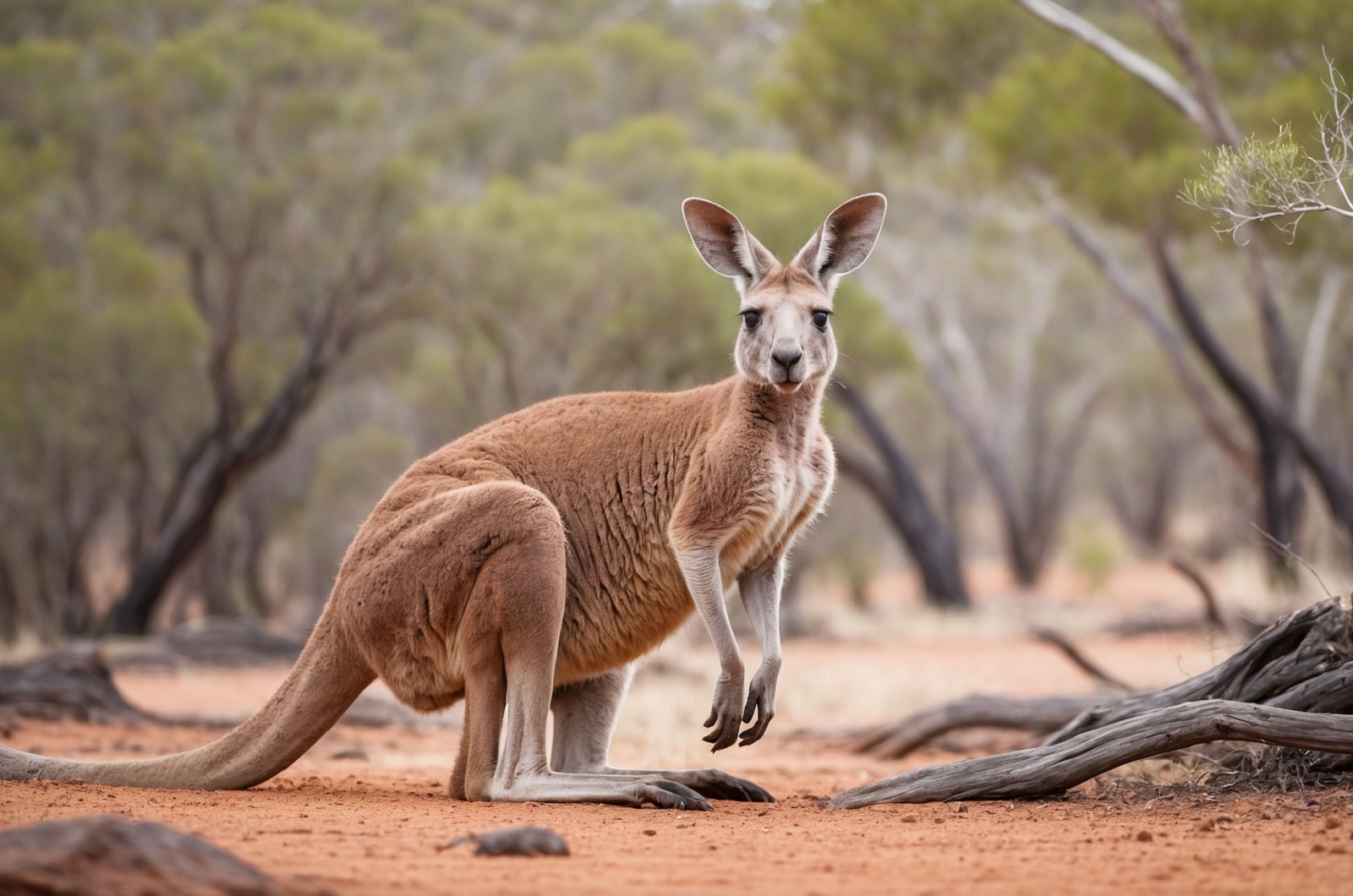
Kangaroos may not live in the desert, but their water-conservation skills are impressive. They get most of their moisture from vegetation and have specialized kidneys that minimize water loss.
With their powerful legs and efficient hydration, they’re perfectly suited for dry landscapes.
8. Bedouin Goats
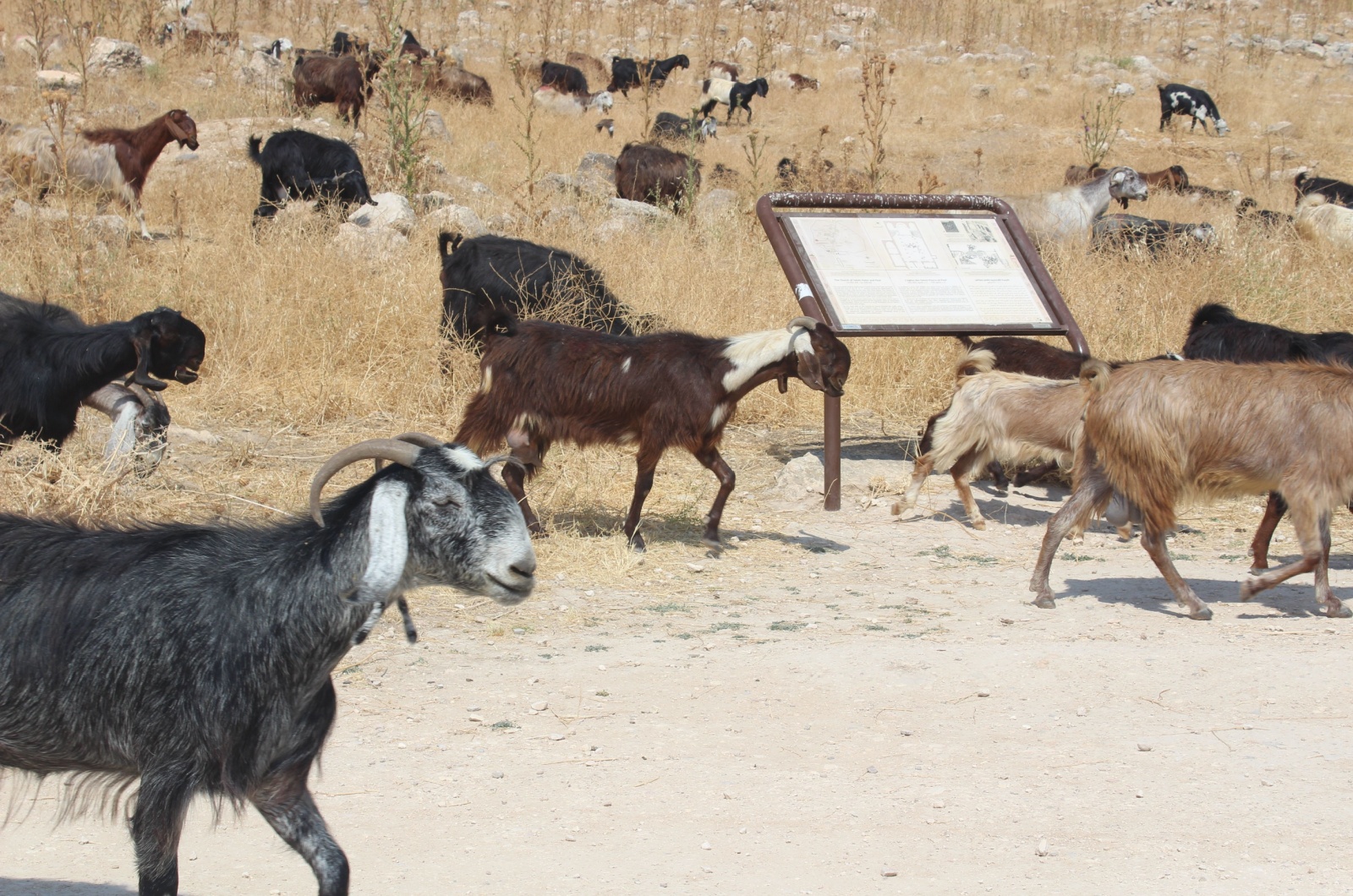
Bedouin goats, found in the arid regions of the Middle East, are perfectly adapted to dry conditions.
These hardy animals extract moisture from the driest vegetation and can survive with minimal water. Their ability to thrive where others struggle makes them a staple for desert communities.
9. Ostrich
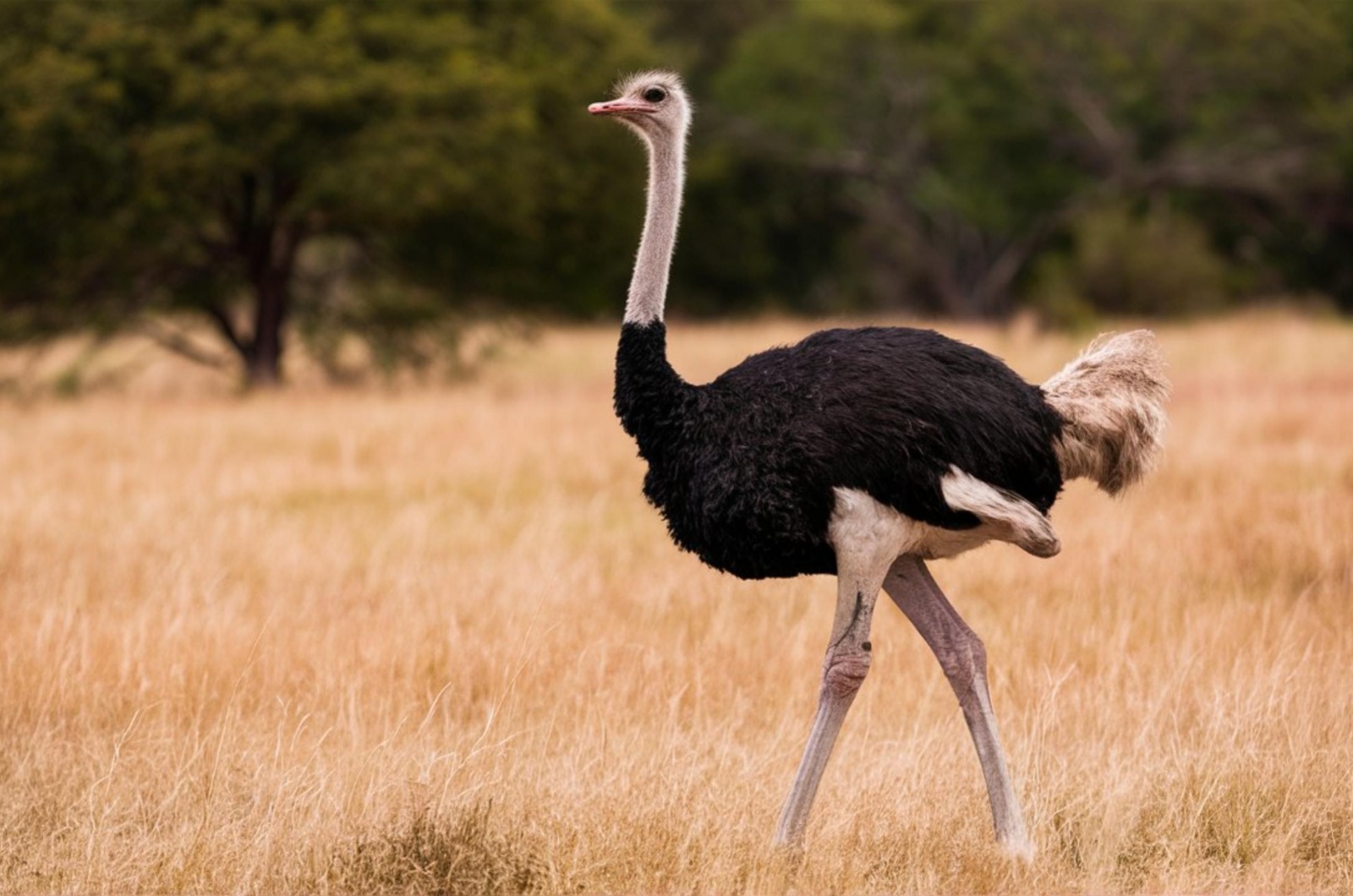
Ostriches, the largest birds in the world, are built for desert life. They extract water from the plants they eat and lose very little through their highly efficient kidneys.
With their long legs and ability to run at high speeds, ostriches make surviving in the harsh desert look like a breeze.
10. Sand Gazelle
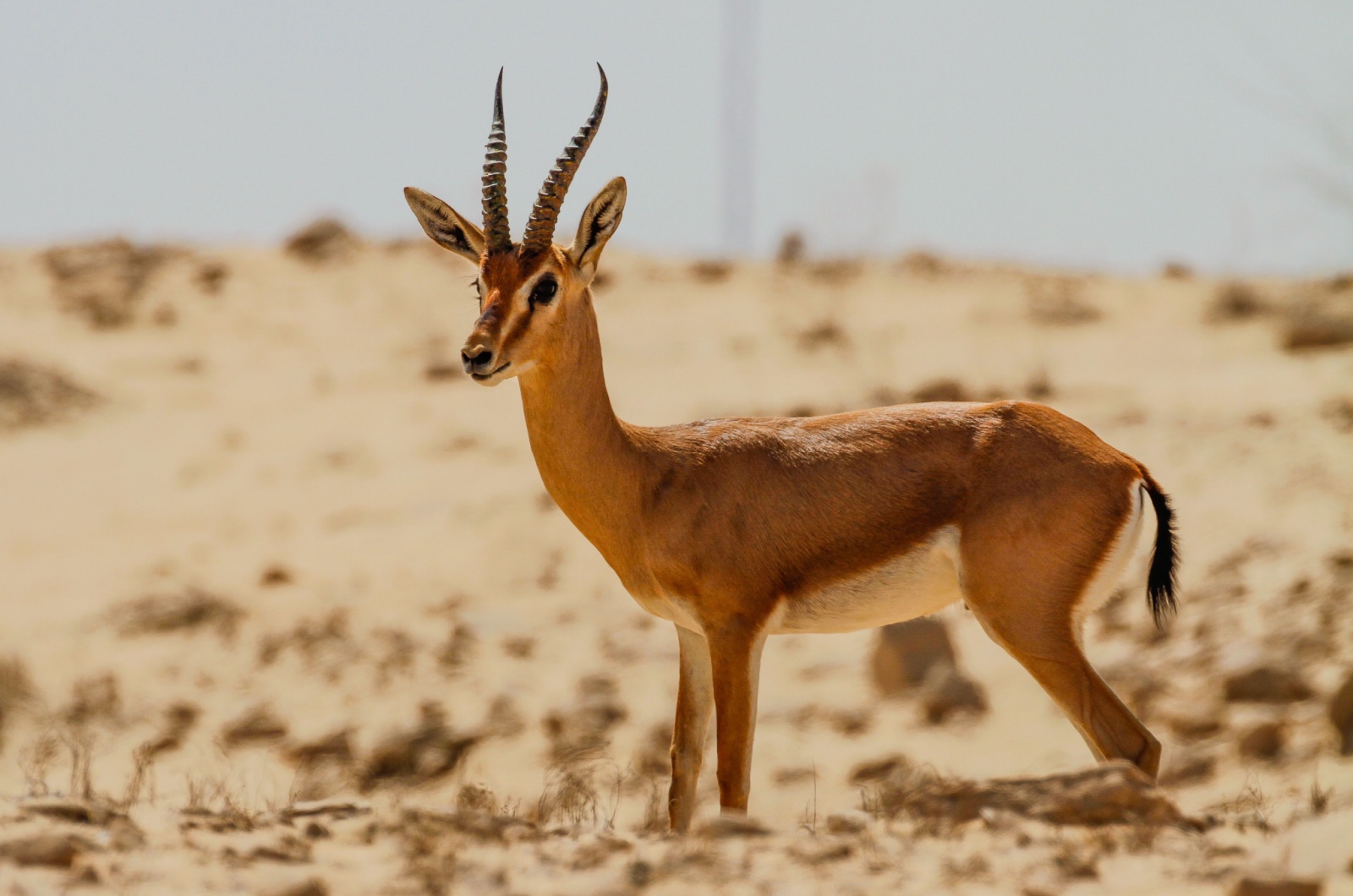
The sand gazelle has a clever survival tactic during droughts. It reduces the size of its liver and heart to lower its water needs. Yes, I was as shocked by this information as you are now!
By getting moisture from vegetation and conserving energy, this antelope can go weeks without taking a sip of water.
11. Water-Holding Frog
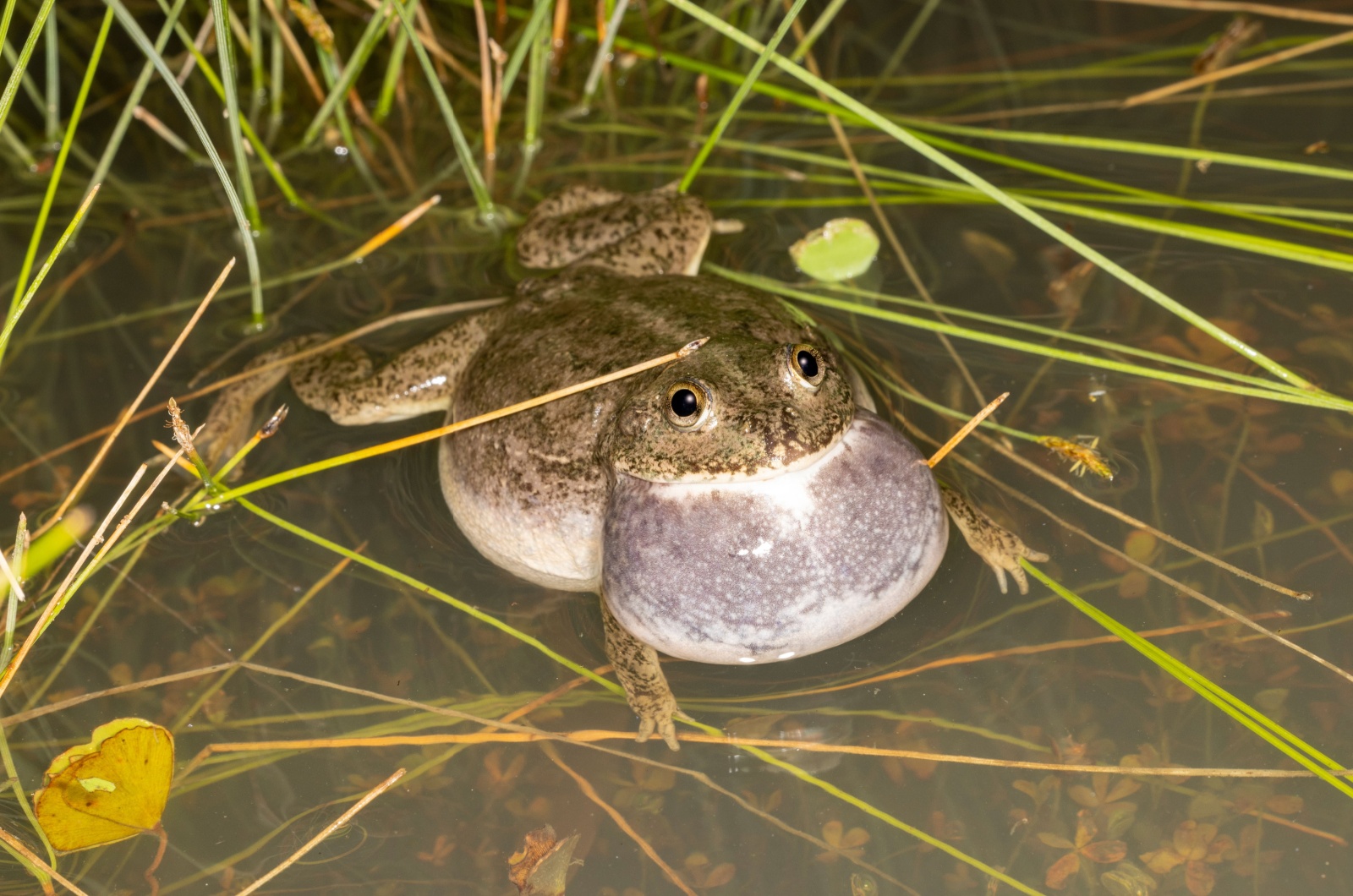
The name says it all, am I right? The water-holding frog is the ultimate example of patience.
During dry periods, it buries itself underground and stores water in its body. This frog can remain dormant for years, waiting for rain to return and bring life back to the land.
12. Addax Antelope
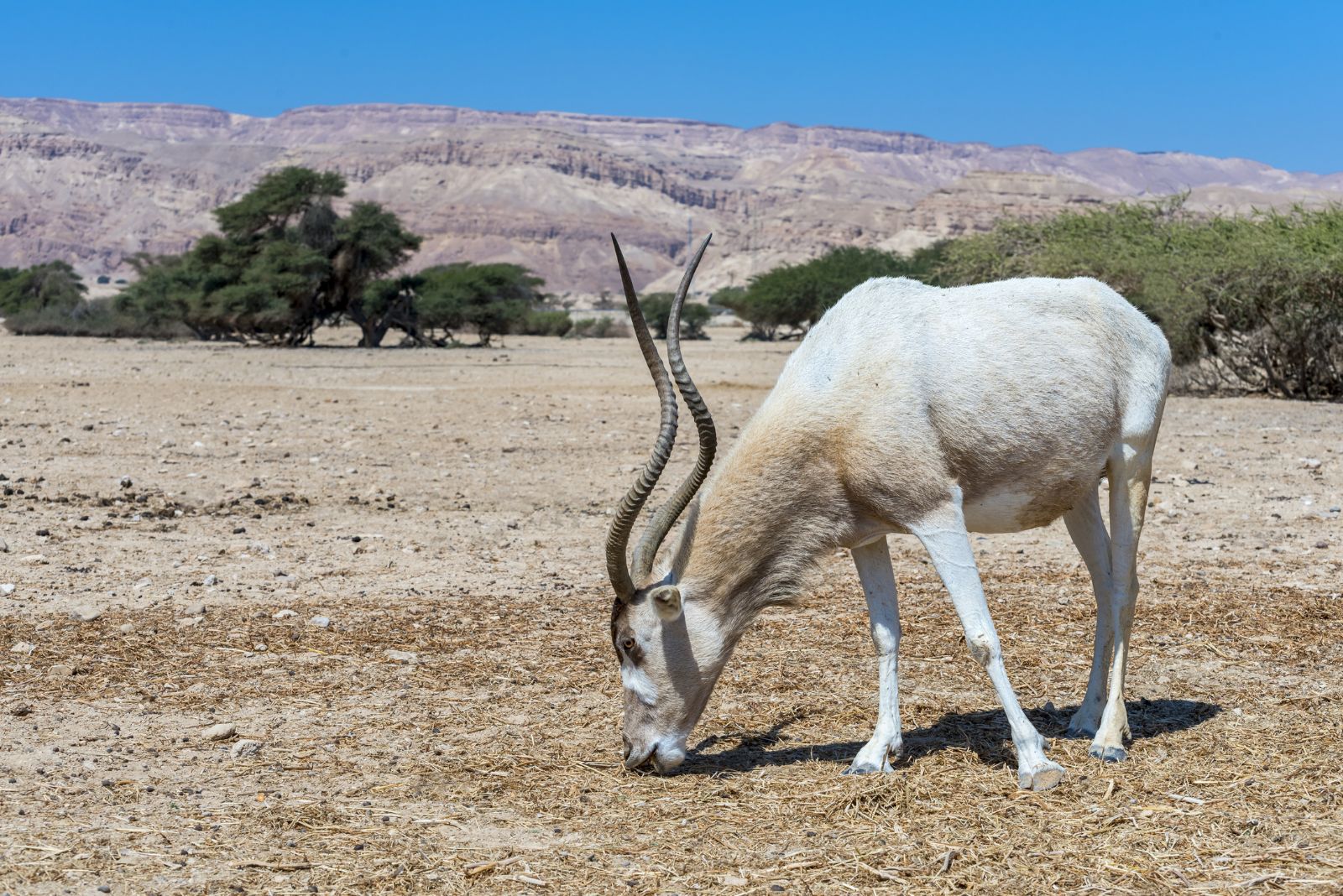
The Addax Antelope, native to the Sahara Desert, is a marvel of water conservation. These critically endangered antelopes have adapted to survive on the minimal moisture found in the sparse vegetation of their arid habitat.
They rarely, if ever, drink water directly. Instead, they extract moisture from the plants they consume and have highly efficient kidneys that minimize water loss.
Their pale coat reflects sunlight, helping them stay cool under the scorching desert sun.
13. Namib Beetle
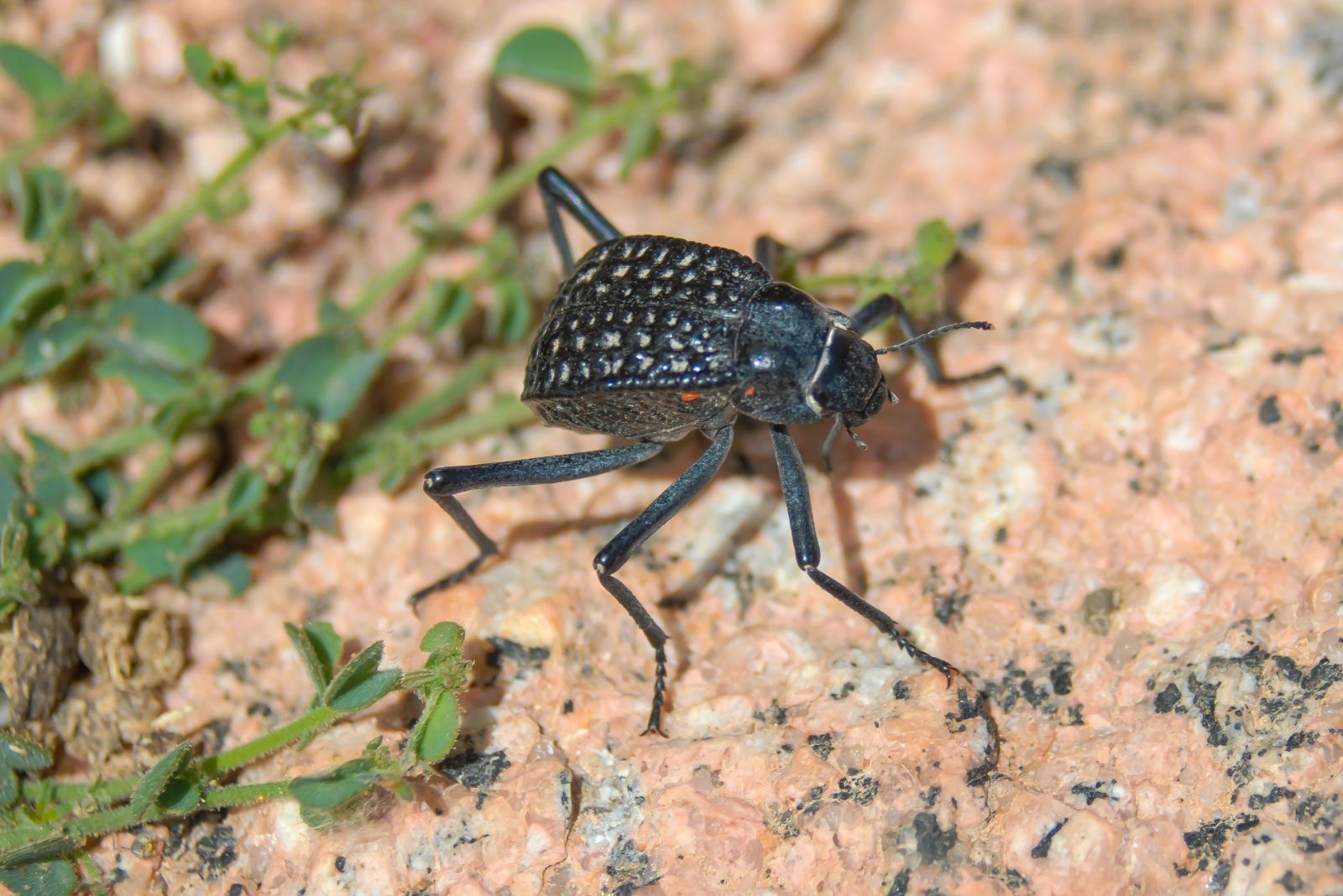
The Namib Beetle has developed a fascinating way to gather water in one of the driest places on Earth, the Namib Desert. This resourceful insect uses its specially designed back to collect water from morning fog.
The bumps on its shell help condense the water, which then trickles down to its mouth. This ingenious adaptation allows the beetle to survive in an environment where rain is almost nonexistent, proving that even the smallest creatures can be incredibly resourceful.
14. Fennec Fox
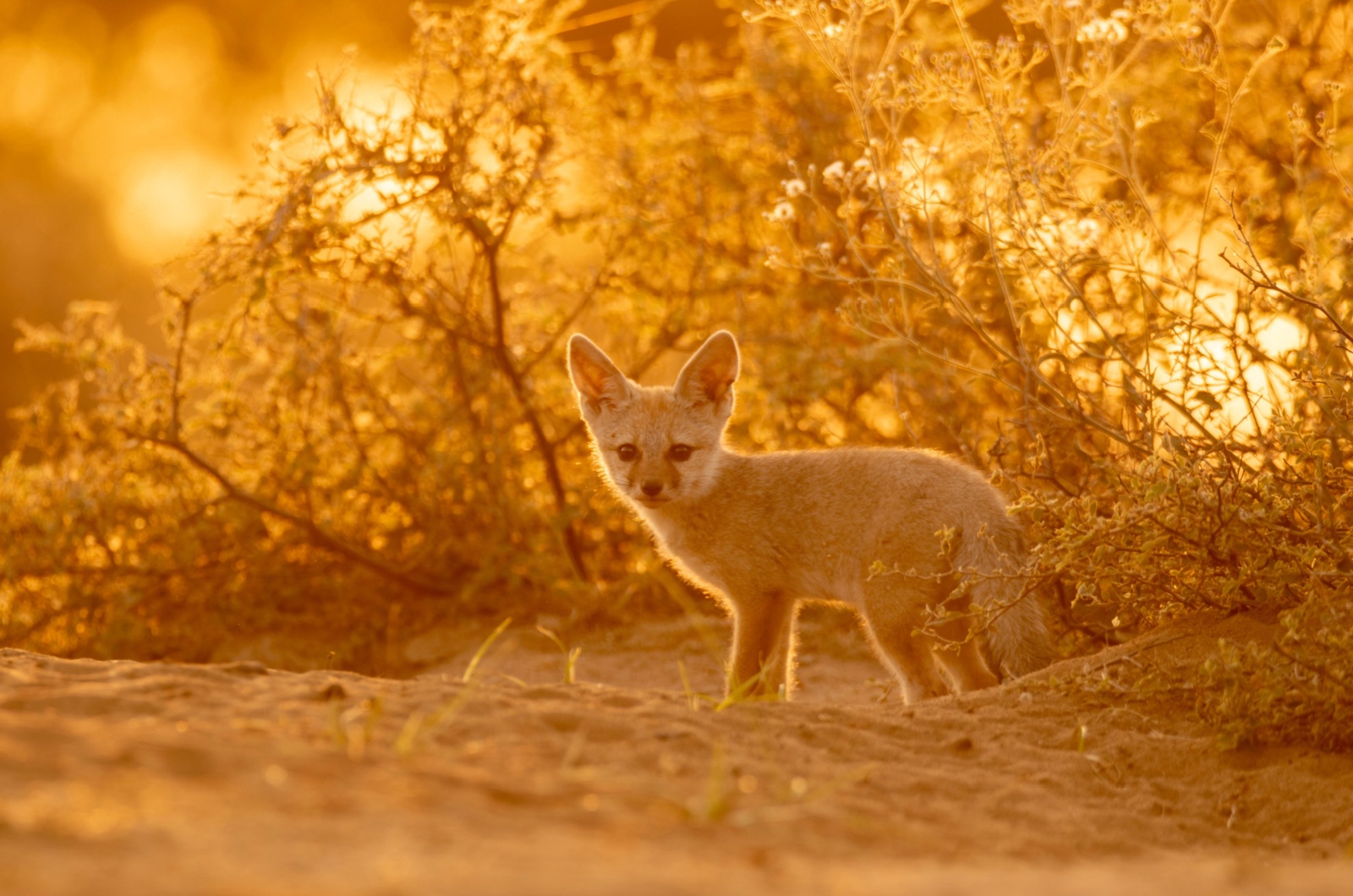
Source: Shutterstock
Known for its huge ears, which help dissipate heat, the Fennec Fox can survive without drinking water for long periods.
Instead, it gets moisture from plants, insects, and small prey. Its thick fur insulates against extreme heat during the day and cold at night, while its kidneys are adapted to conserve water. Agile and nocturnal, it avoids the harsh desert sun by hunting at night.
The Fennec Fox is the smallest fox species in the world, but it has the largest ears relative to body size of any canid!
15. Gila Monster
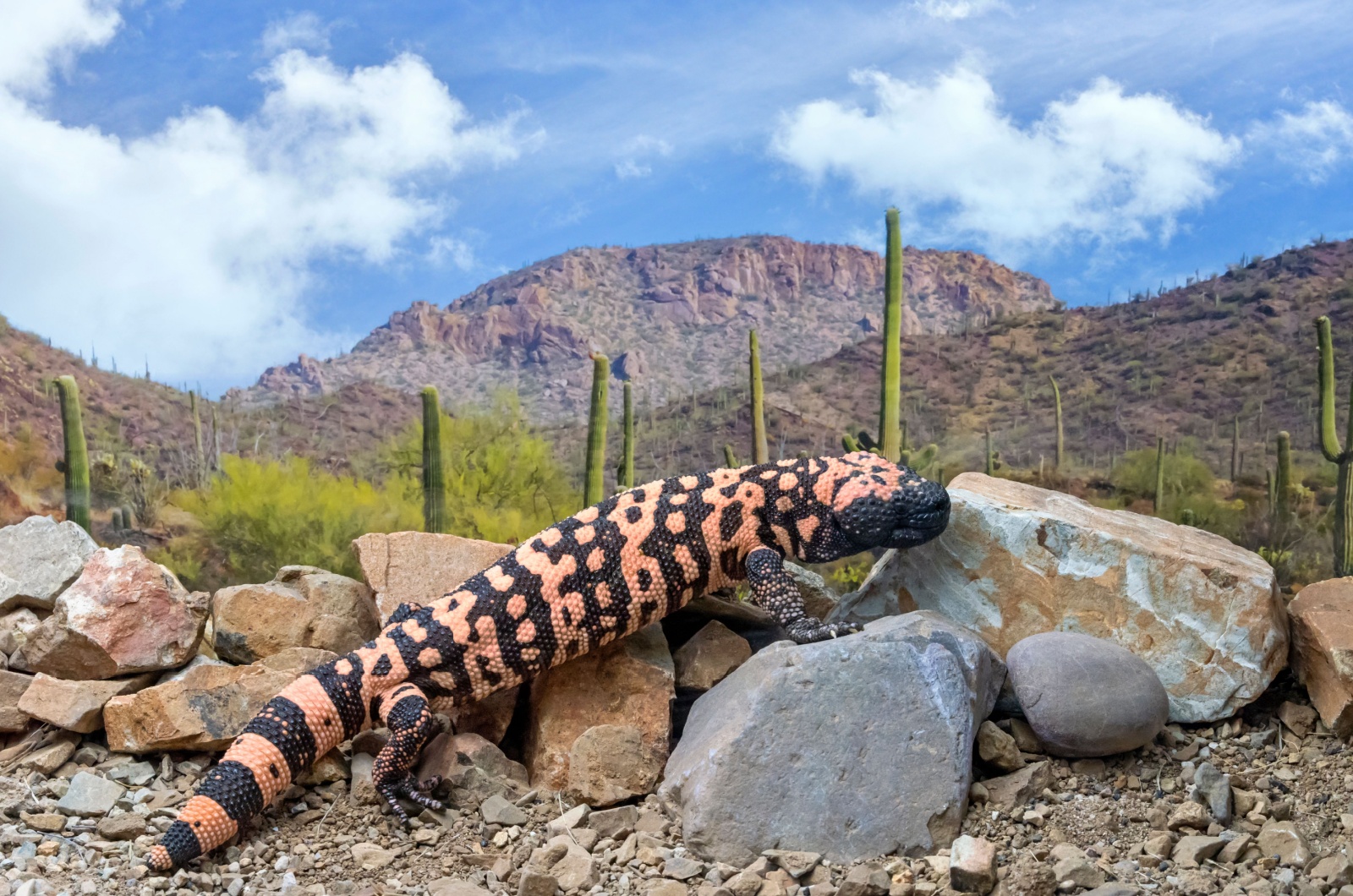
Source: Shutterstock
The Gila Monster is one of the few venomous lizards in the world and is remarkably adapted to survive in arid desert environments.
Found in the Southwestern U.S. and Mexico, this slow-moving reptile can go months without drinking water. It stores fat and water in its tail, allowing it to endure long droughts. The Gila Monster is primarily nocturnal, avoiding the scorching heat by staying underground during the day.
Instead of needing frequent meals, it can consume large meals infrequently, storing nutrients for extended periods. Despite its intimidating venom, the Gila Monster is a reclusive creature and rarely poses a threat to humans.

